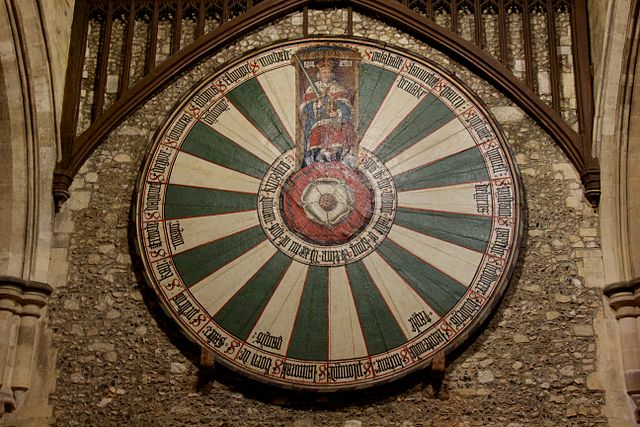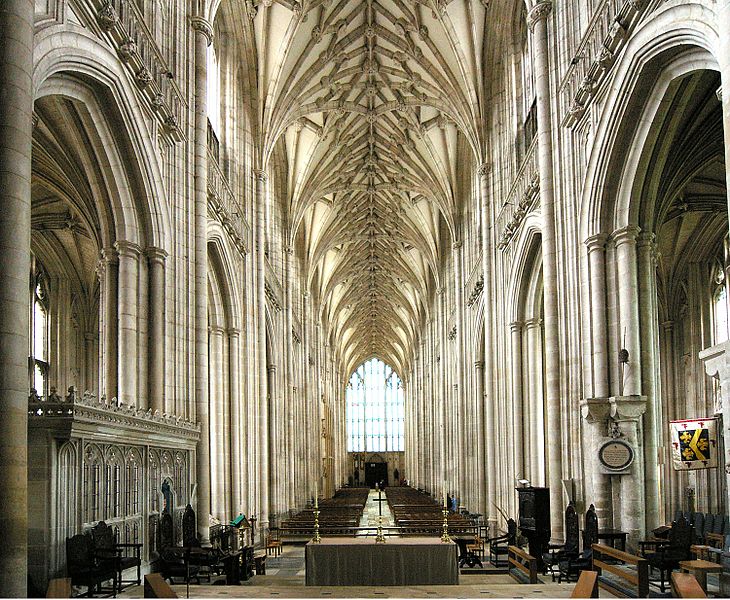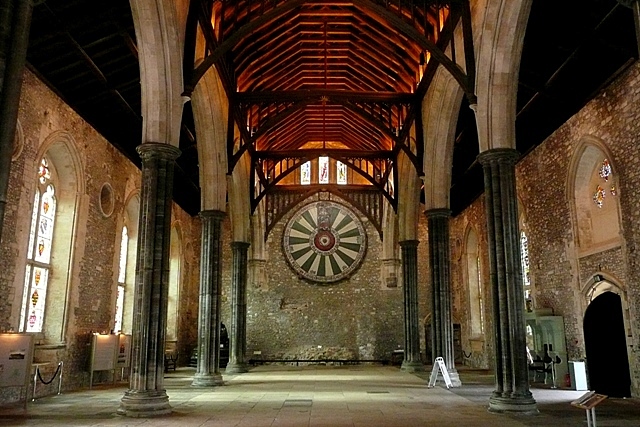Winchester
Burnt cakes and roundtables
Winchester was once the capitol of England and it is known for its connections to two of England’s most famous mythical figures, namely Alfred the Great and King Arthur.
Winchester was the ancient capital of Wessex and it was made famous by King Alfred who made it his headquarters and capital, which continued under Saxon rule. Winchester was also the powerbase of the West Saxon bishops who set up their headquarters here.
It remained the capital for 200 years after the Norman Conquest sharing power with London eventually London eclipsed Winchester and the capital was moved.
The city was originally occupied by the Belgae tribe and later of course, the romans had a settlement here. Known as Wenta or venta the town grew under the romans and walls were built enclosing what was one of the largest roman cites in England.
The city’s prominence increased under the Saxons and it became known as Wintan-ceastre but it was under Alfred the great that the cities present layout was formed. Alfred changed the roman layout so he could better defend the place against the Vikings.
These days the city is known for its magnificent Norman Cathedral, which boasts the longest nave in Europe the Normans, established this on the site of the former Saxon church they began work in 1079 and the early Norman work can be seen in the 11th century transepts and crypt. The tower is also 12th century and the masonry of the nave is Norman, in the 14th century it was encased with stonework in the perpendicular style.
Winchester Cathedral is dedicated to the holy Trinity and Sts Peter, Paul, and Swithun who was a ninth century Bishop, he of the 40 days and 40 nights rain legend. The choir stalls are some of the oldest in the country and are worth a look there are also other things to be seen in the Cathedral such as the grave of Jane Austen, William Rufus the Norman King who was killed in the new Forest as well as the tomb of St Swithun.
Lookout for the Memorial to William Stanley who was a diver who helped save the Cathedral from collapse, he worked below the water table to pack concrete and bricks under the foundations.
The surrounding streets contain fine buildings from every period since the 12th century.
Other ancient buildings worth a look around in the Cathedral close are the deanery the pilgrim’s school and the pilgrims Hall the latter has a magnificent hammer beam roof.
In Castle Street, the Castle Hall is all that remains of the 13th century castle built by Henry III the rest of it having been destroyed by Oliver Cromwell it is here that one can see King Athurs legendary roundtable, which actually dates from 1150. In this hall, Henry VIII entertained the Emperor Charles V it is also in this hall that Walter Raleigh was sentenced to death although he was later reprieved. Judge Jeffrey’s also held a bloody assizes here after the Monmouth Rebellion in 1655.
Winchester College is the oldest public school in the country it was founded in 1382 for poor scholars by Bishop William of Wykeham
Nearby to the Cathedral close lie the ruins of Wolvesey Castle the one surviving wing of the Castle is now the Bishop’s Palace, which was built by Christopher Wren in 1674.
Other literary connections include the poet John Keats he visited here and stayed and it is here that he wrote Isabella, St Agnes Eve, To Autumn, Lamia and also parts of Otto the great and Hyperion.
Winchester has been called the perfect English city sitting on the edge of the South Downs National Park it blends elegance with rural idyll and is a perfect destination to spend a few days exploring as it is a city rich in culture and heritage with plenty of shops to explore and cafes and restaurants to keep you sustained.
Activities in Winchester
Cathedrals
Winchester Cathedral - Magnificent Norman Cathedral
Visit abcbritain's profile on Pinterest.






